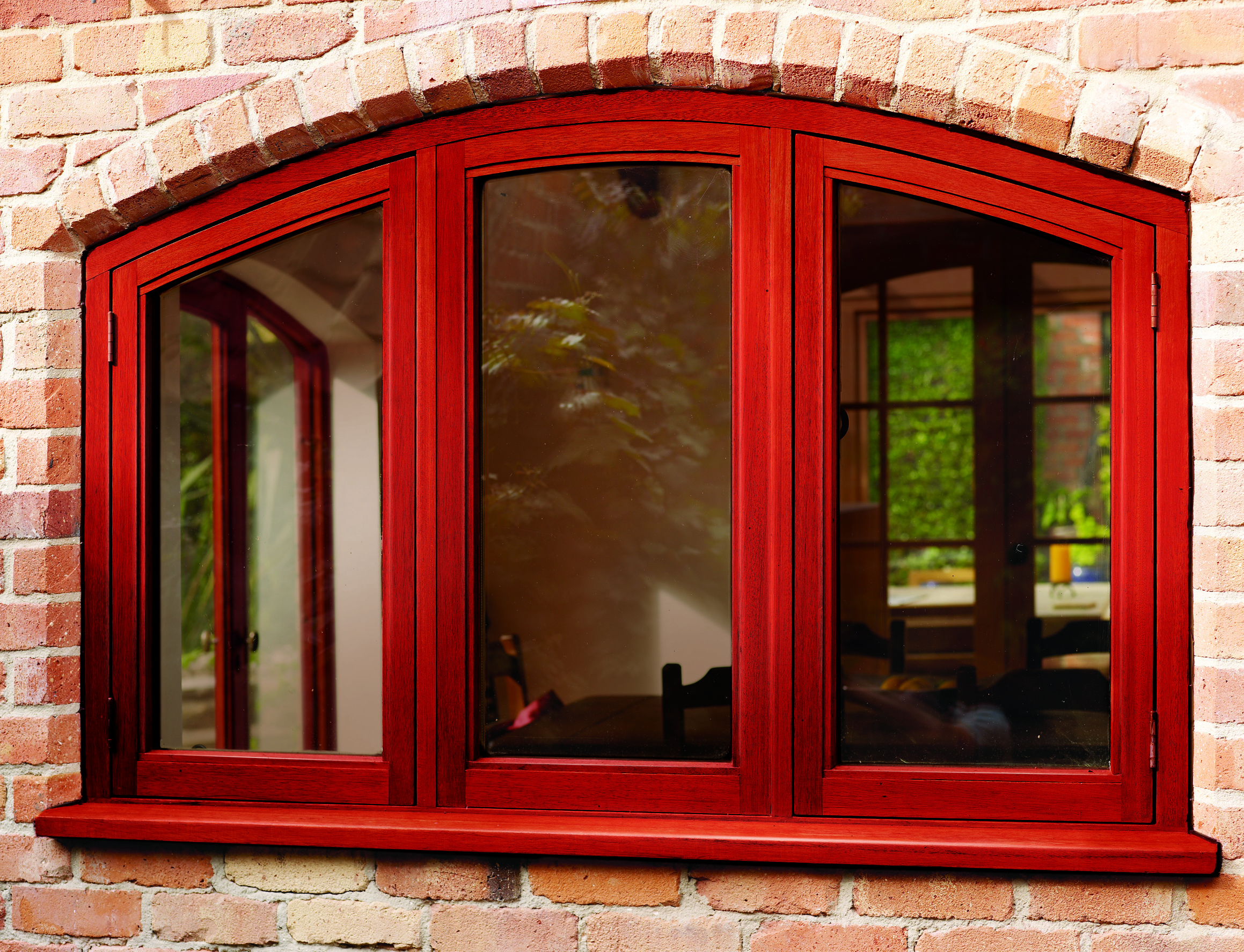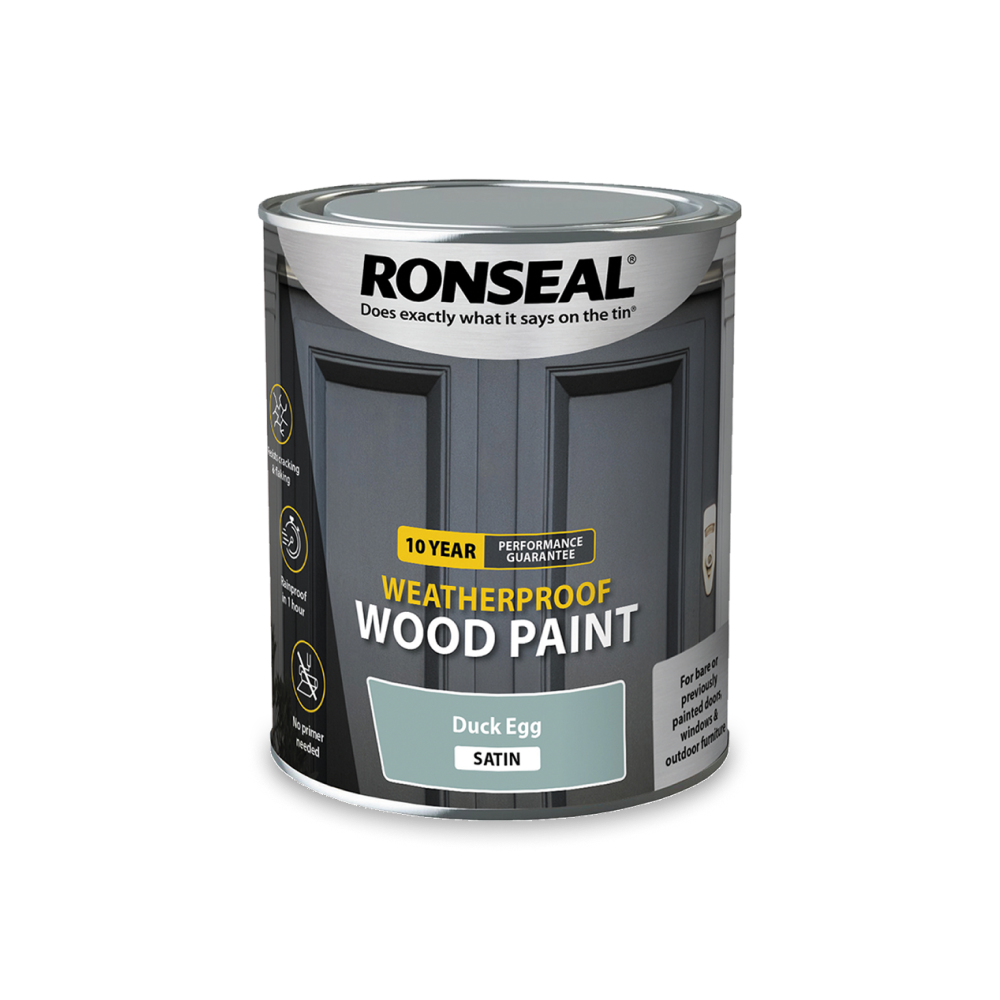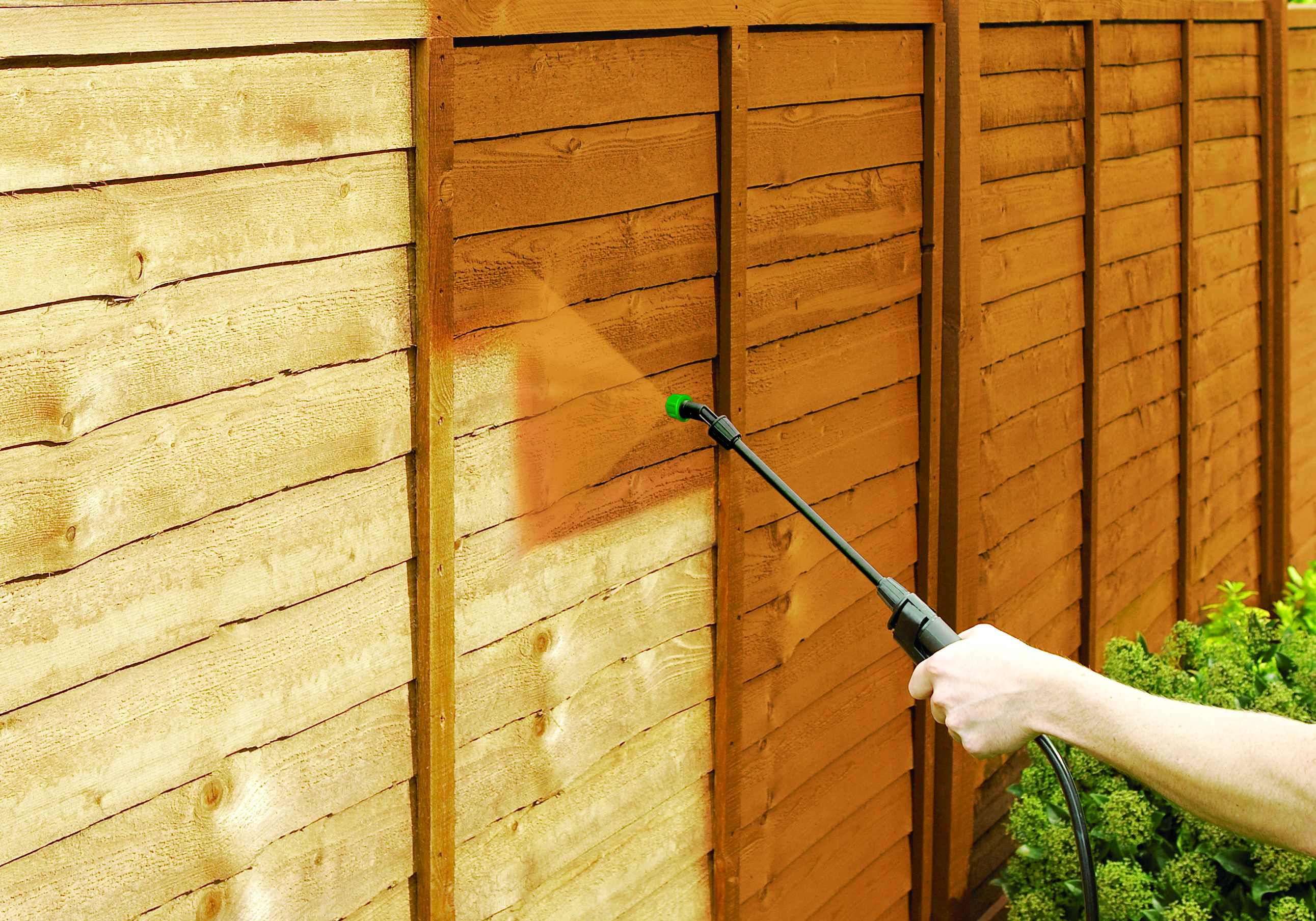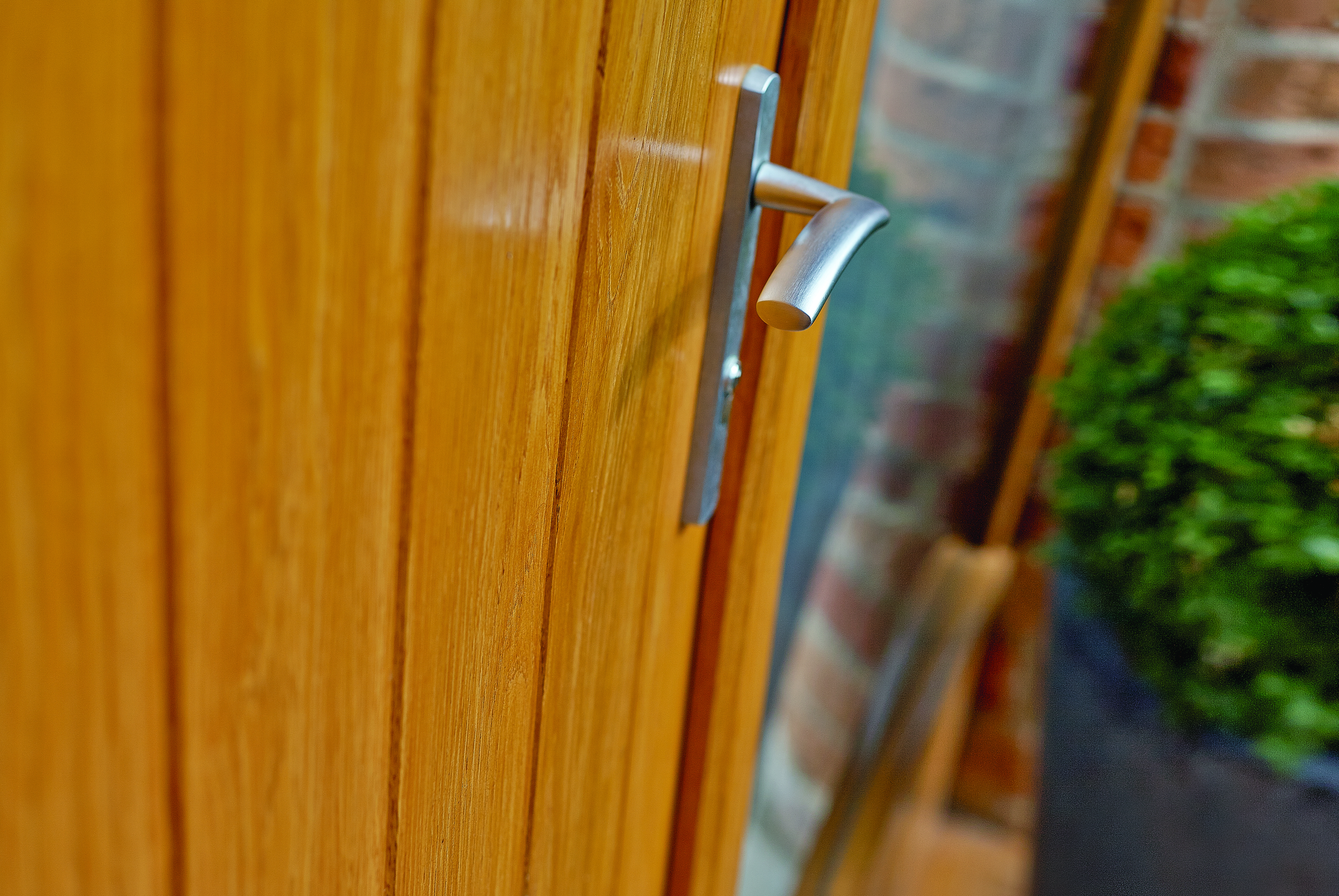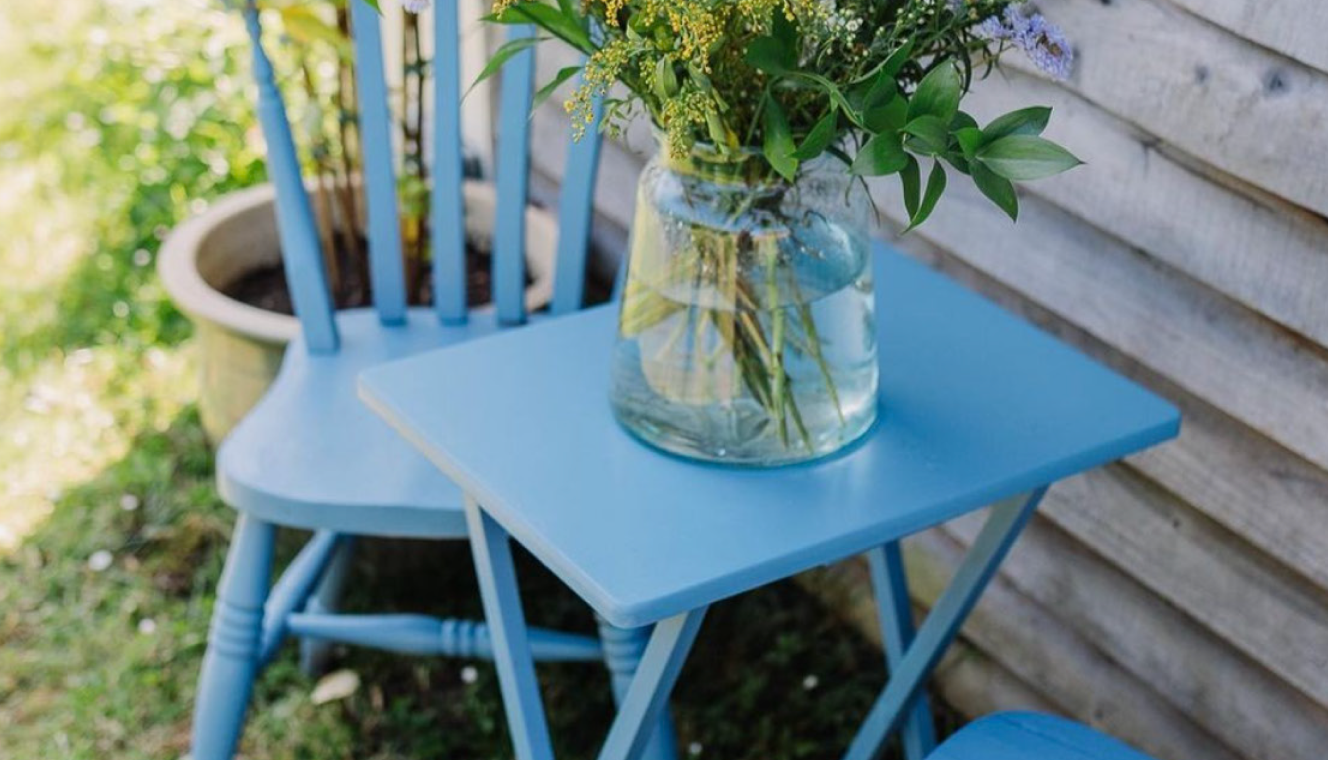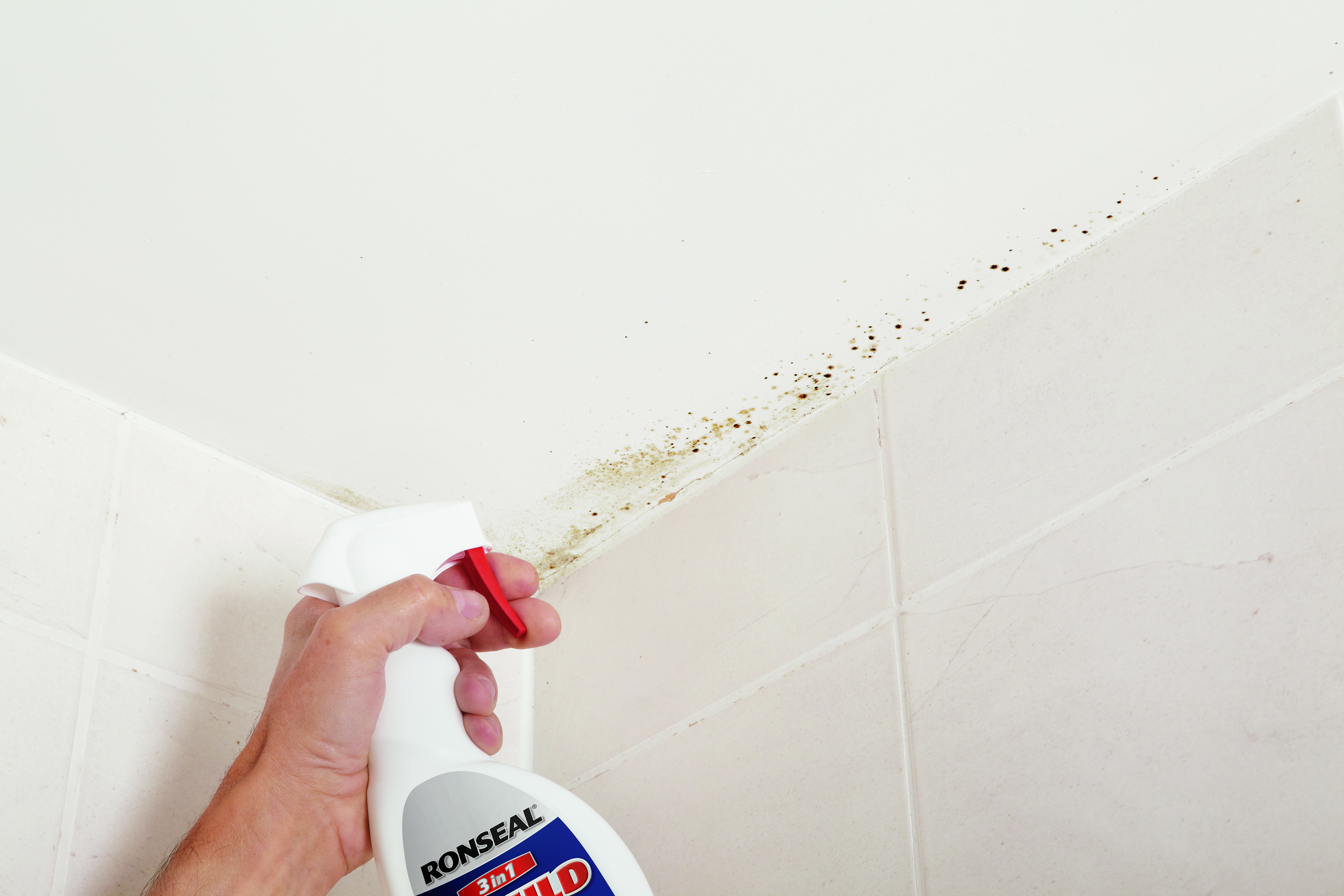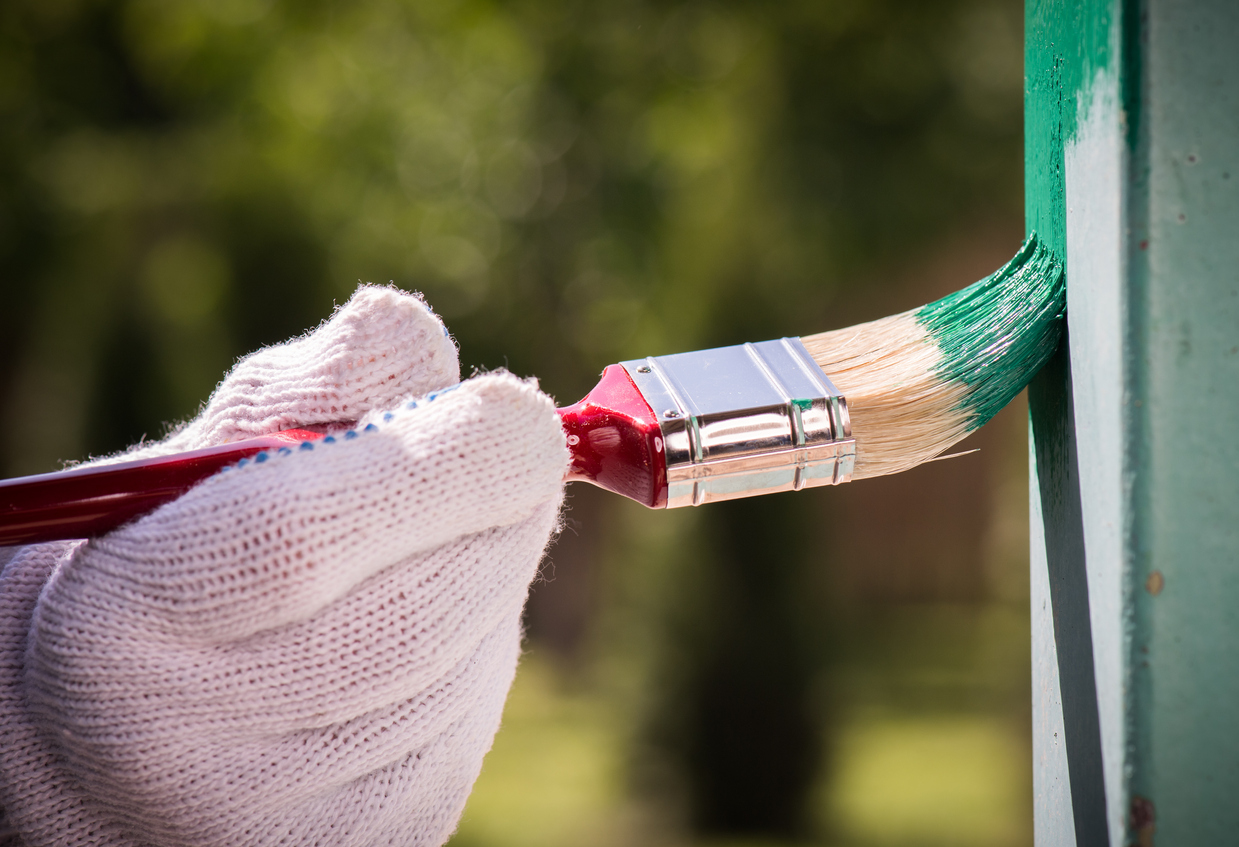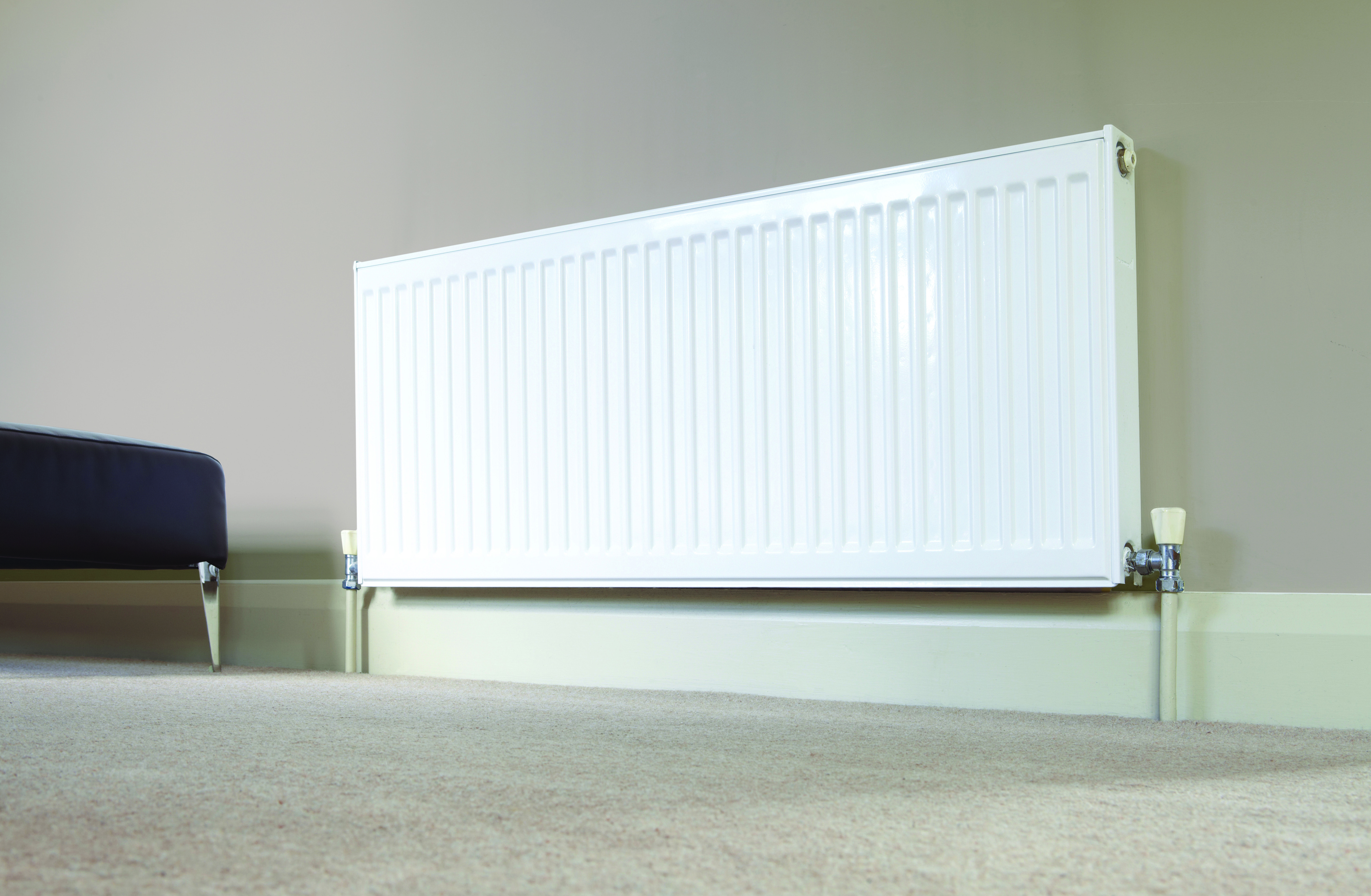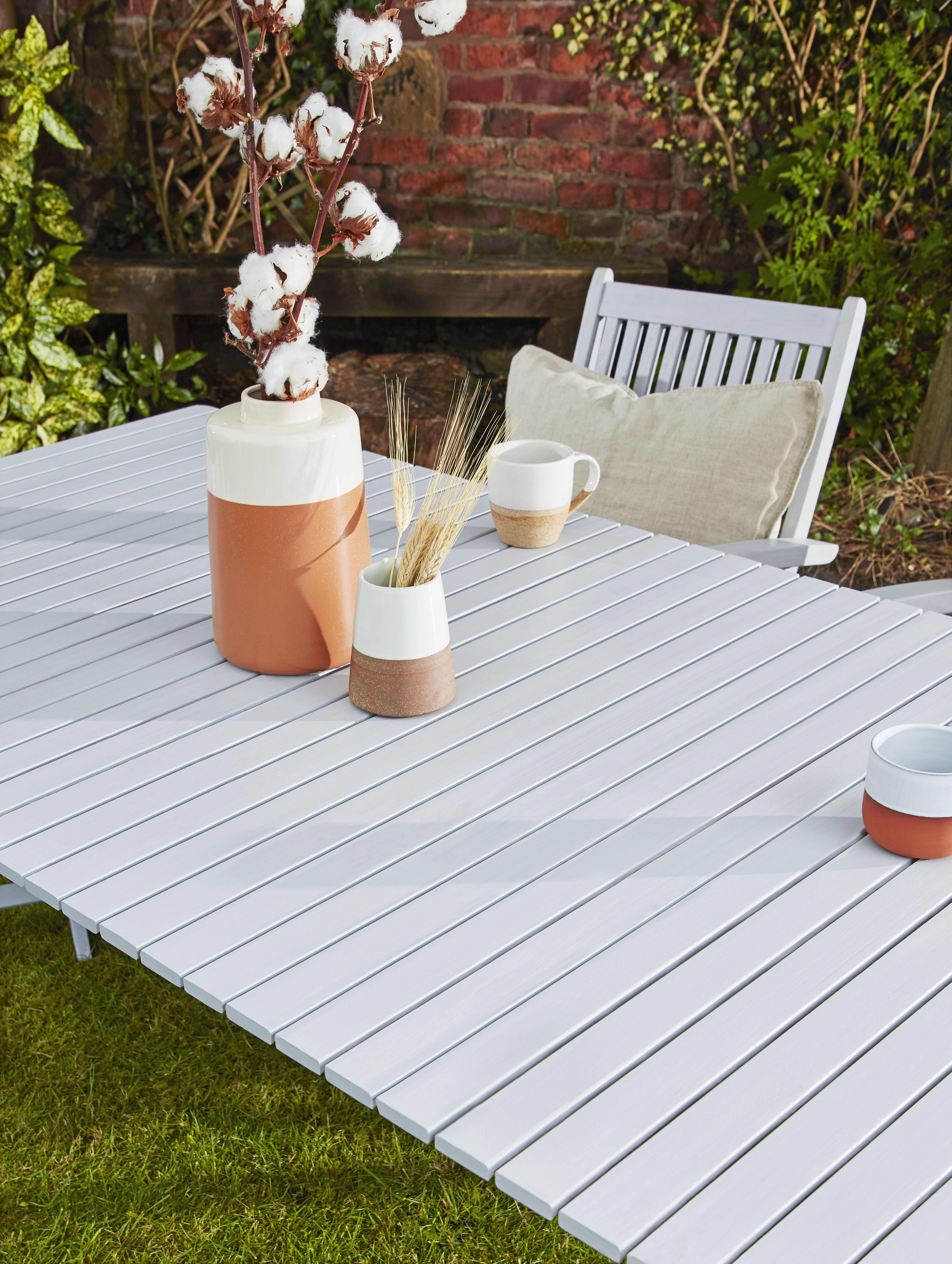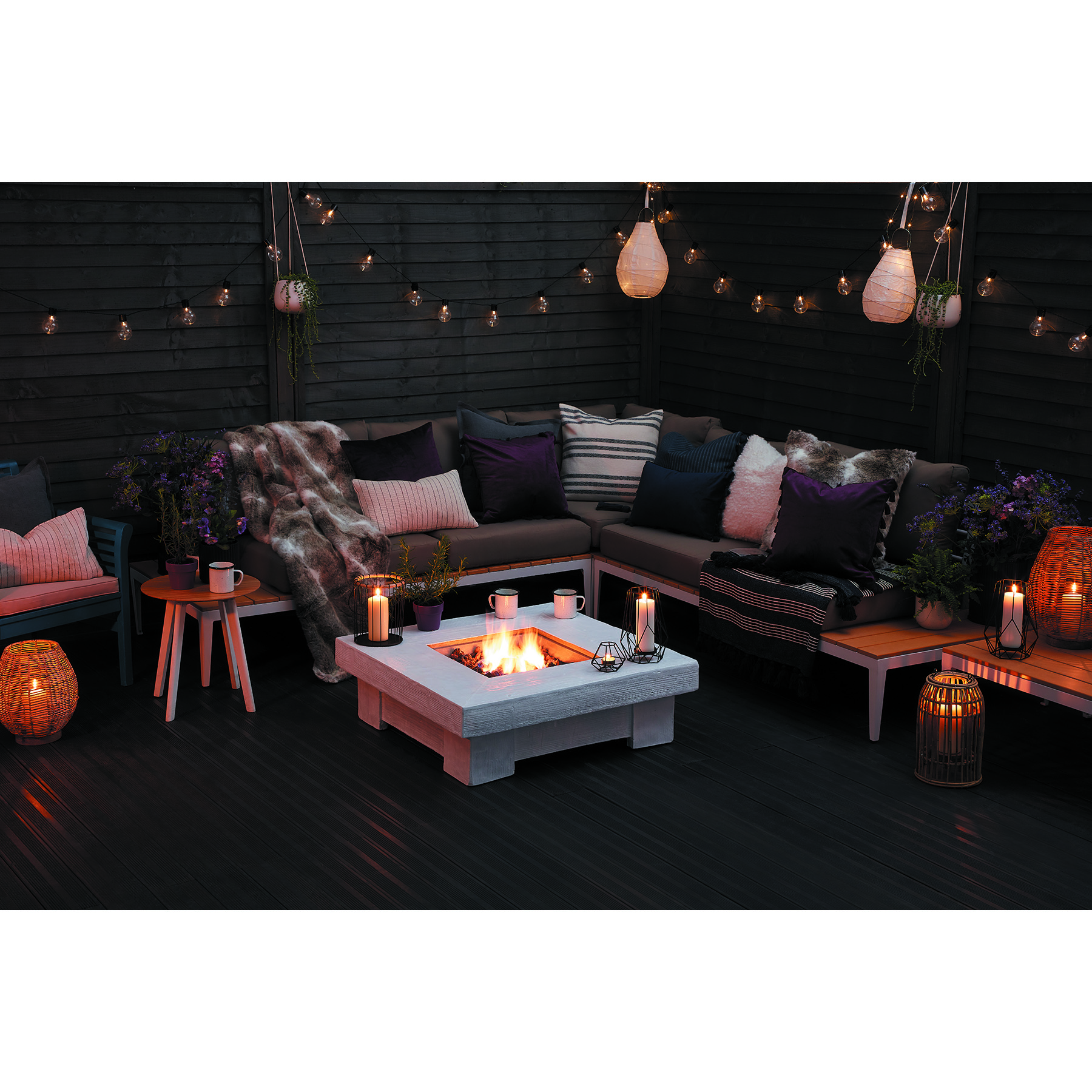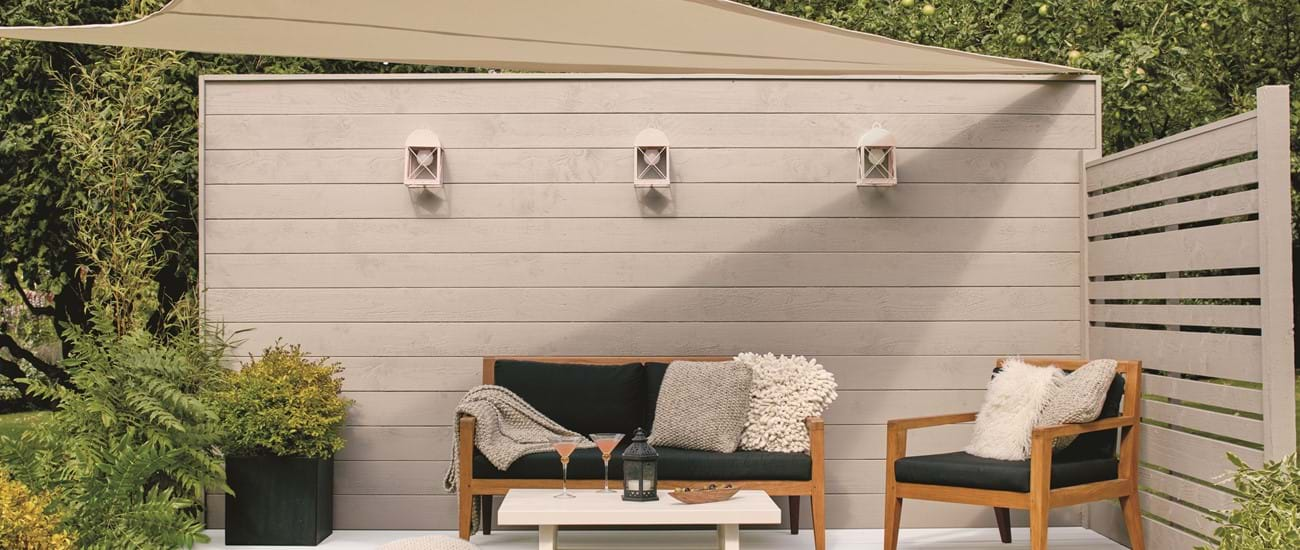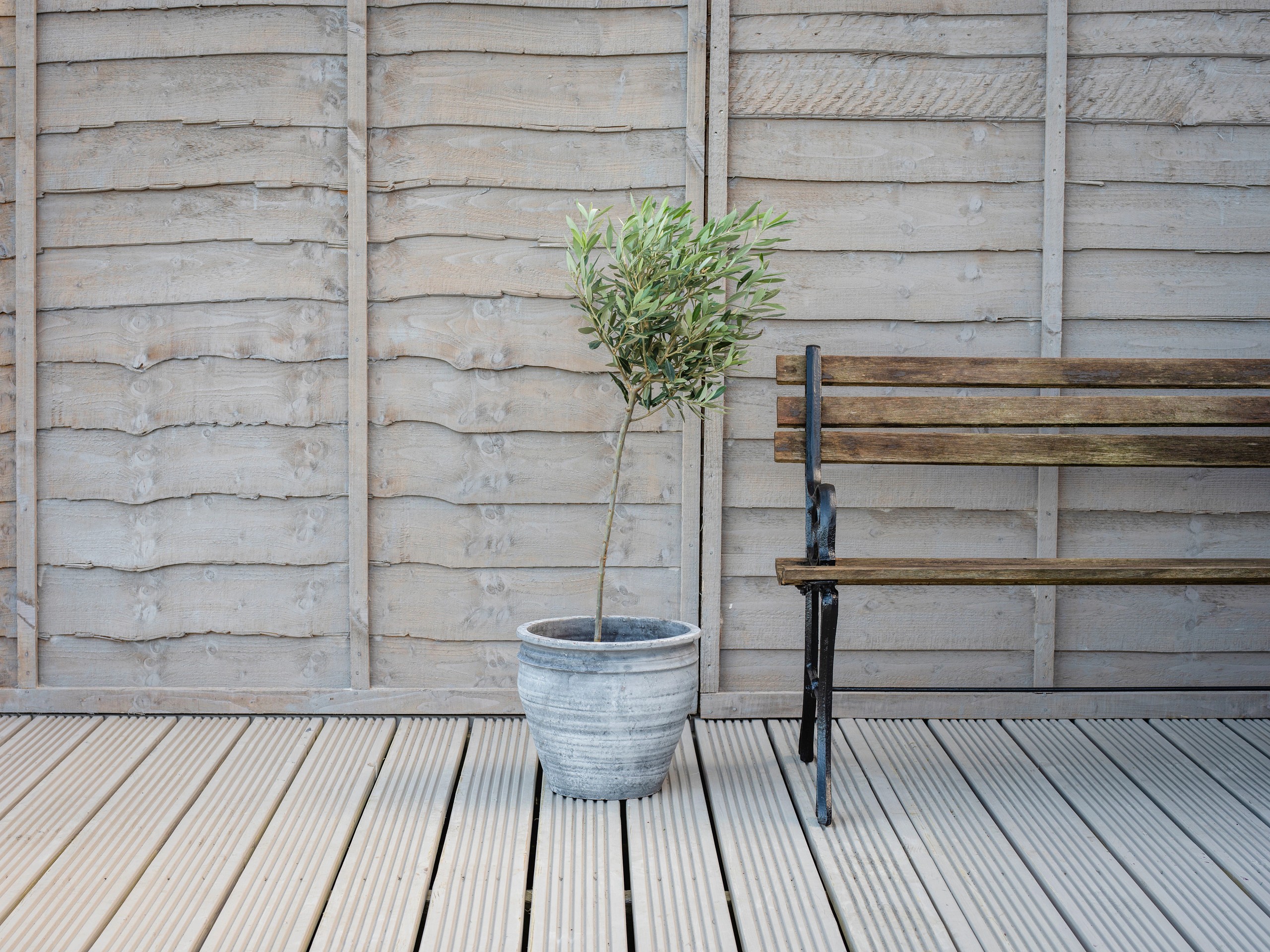
Project overview
How to paint exterior windows
Painting your exterior window frames smartens up the front of your home while protecting the material too. With the right materials, your window frames will look and stay healthy for longer.
PVC window frames
PVC needs specialist paint otherwise it will peel and blister. Be sure to use the right product to avoid wasted effort.
How to paint wooden window frames
Interior wood paint won’t protect your window frames from rot or discolouring because it’s not weatherproof.
Our exterior wood paint and stains withstand rain, snow and everything else the British weather can throw at it. It will keep your wood healthy and last for 10 years. Not bad for a day’s work.
Choose your colour wisely. Pick one that’s in keeping with the rest of the houses in the area and is relatively neutral. This is especially important if you plan to sell your home soon.
The temperature needs to be above 10 degrees and it needs to be dry outside. Our paint is weatherproof within an hour but double-check the forecast before you begin.
If you’re painting window frames on the second storey, enlist someone to help you keep your ladder steady.
- Clean the frames
Use a sponge and some sugar soap and clean the frames. Get rid of any dirt and grime and wash it with clean water.
Depending on how dirty your window frames are, you might need to use a jet washer to get into all the nooks and crannies.
Let the wood dry.
- Sand it
Wear a protective mask and use sandpaper to file it down.
Depending on the state of the wood depends on the sandpaper you need. If the paint is peeling or the wood is damaged, you need to use a coarser paper. If it’s in good condition, 120-grit sandpaper will work.
Lightly and quickly rub the paper over the wood, ensuring you cover every section.
- Repair damage
After sanding, inspect the wooden frame for spots of damage. This could be chipped wood or small holes. Many small holes could be an indication of an infestation, so check to see if the damage is just surface deep or something else.
Discoloured wood may be rotten. You can double-check by using a knife and gently pushing it into the wood. If the wood gives, then it’s rotten. You can fix this with a wood hardener.
Fill holes with an expanding filler that won’t crack as the wood moves.
If there’s no damage, use masking tape or decorators tape to protect the areas you don’t want to get paint on.
- Prime
Not all wood paints need a primer, like our 10 year wood paint, so check the tin before you start this stage.
Apply the first layer of primer, working in even strokes.
Follow the instructions on the tin for dry and recoat times, if the window frame isn’t already painted, it will need two coats of primer.
Leave the final coat of primer to dry.
- Add some colour
Stir the paint to make sure all the colour pigments are properly mixed.
Use a small synthetic paint brush to cut in around the edge and then fill in the middle, working in long strokes. Try and apply the paint in the direction of the woodgrain for the smoothest finish.
Wait four hours for the first coat to dry before applying a second coat. If you can still see the grain, apply a third coat.
After you’ve applied the final coat, peel off the masking tape and let the paint dry.
Your window frames will be weatherproof in one hour, and the colour will last for 10 years.
